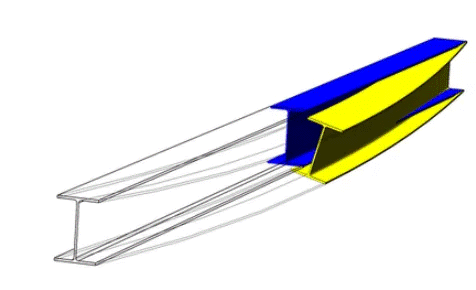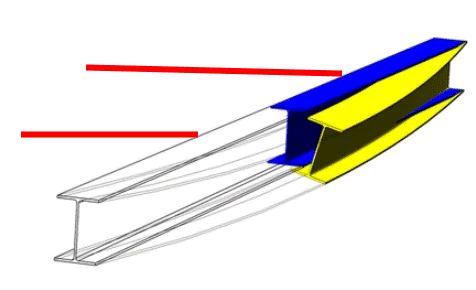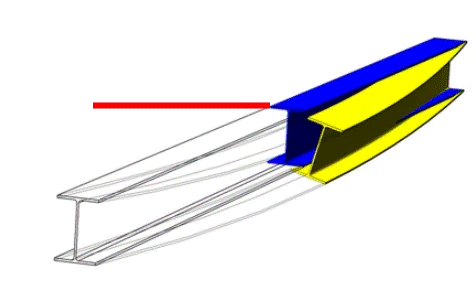Much news about AI engines such as ChatGPT, Google Bard, Bing AI, and more.
On another engineering website, AI generated “answers” to technical questions are being posted as facts… without revealing that the content of these “answers” is produced by AI. The results appear to be what you might expect, well written, authoritative sounding content that is often incomplete, inaccurate or technical nonsense, but may be convincing to engineers not familiar with the specific type problem
Recently, a technical question was “run through” a couple of AI engines with mixed results (In one case, the AI engine said it could not answer the question. A different site provided grossly inaccurate gibberish).
Here is the question used, will be interesting to see results others get from the various programs available:
“What is the minimum weight A992 steel beam needed for a 27 feet simply supported span, with 9 feet maximum unbraced length and uniform distributed load of 1200 pounds per foot?”



